The Tools Are Not the Workflow
Why You’re Stuck Even Though You’ve Learned All the Right Software
So, you’ve mastered Blender, cracked the secrets of Cinema 4D, and can Houdini your way out of any situation. You’ve learned the software, and now you’re wondering: what’s next?
Because knowing the software may have been enough to get you a job 20 years ago, but that’s not going to cut it today.
So what’s the next step? What do you need to learn to push your skills to the next level?
It’s workflows.
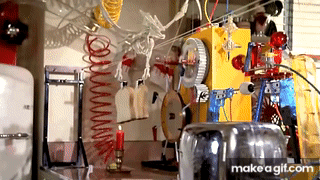
A lot of artists make the mistake of pouring themselves into one piece of software and thinking that’s enough to make them viable across most industries. And honestly? At first, that’s not a bad move. Learning one tool deeply is a great way to get grounded in 3D. But that’s not how studios operate.
Studios build workflows by stacking together different tools, each handling a different part of the process, all leading to one final, visual masterpiece.
Simply put: the tools are not the workflow.
If you want to level up as a 3D professional, whether in product visualization, film, games, or any other corner of the industry, you need to think beyond hotkeys. You need to understand systems, handoffs, and scale.
Tool Skills vs. Workflow Skills
Tool skills are your ability to wield software: modeling in Maya, texturing in Substance, sculpting in ZBrush. These are essential.
But workflow skills? That’s the process: the steps, the handoffs, the communication, the folder structures, the naming conventions, the feedback & approvals, and the sanity checks. All the invisible stuff that makes a project run like a well-oiled machine instead of a duct-taped nightmare.
Studios don’t just need button-pushers. They need people who understand the bigger picture.
Why This Is a 3D-Specific Problem
Most 2D creatives live inside one tool:
Film editors = Premiere or Final Cut
Logo designers = Illustrator
Photographers = Lightroom and Photoshop
Their entire workflow is contained within one platform. That’s just not how 3D works.
Even a basic 3D project might involve:
Modeling in Blender
Texturing in Substance
Rigging/Animation in Maya
FX in Houdini
Lighting in Unreal
Compositing in After Effects
3D workflows are a relay race across multiple apps and teams. It’s messy. It’s powerful...but it's messy. And it’s why mastering how things connect is more valuable than mastering any one tool.
New Industries Need New Guides
If you’re reading this, you probably already know your way around a few tools. That’s great. But the real value you bring to newer 3D industries (consumer products, apparel, footwear, etc.) isn’t just technical.
These companies are building their 3D workflows from scratch. They’ve got budget, interest, and a huge hunger for content, but very few internal experts who understand how all the pieces of a 3D pipeline fit together. What they do have are numerous disconnected teams, some CAD models, possibly a DAM system if you're lucky, and a stack of software that nobody really knows how to integrate.
They don’t need another oboe player. They need someone who can arrange the symphony.
Their design teams are used to one or two tools in their workflow like Illustrator and Figma. They don’t know why 3D needs different infrastructure or that it even is infrastructure.
If you can be the person who says, “Hey, this render would be easier to update if we set up these assets with reusable materials,” or “Let’s align our naming so it flows into your asset manager automatically,” you're not just a 3D artist anymore. You’re the person who makes the whole thing work.
But What About the Big Dogs?
Okay, let’s say you’re already working in film or games. You’re thinking: isn’t this someone else’s problem? We have pipeline engineers for this.
Sure. But even the big companies are struggling.
Studios are laying people off left and right. Pipelines are bloated. Tools are piled on top of tools, like that drawer of tangled dongles you swear you’ll organize someday. They've got Blender, Maya, Houdini, Unreal, Unity, Substance...and if you are like my old studio, a machine dedicated to one license of Flame. (A software that required a dedicated machine and cost close to $200,000 in the 90s...think about that price tag the next time you want to complain about subscription costs :)
And that backlog of software is catching up to them. When teams are slowed down by redundant steps, unclear handoffs, and outdated workflows, the creative output suffers. Or worse, budgets spiral and deadlines slip. And we’ve all seen what happens next: layoffs, cancellations, entire studios shuttering their doors.
What used to be cutting-edge pipelines have calcified. And instead of streamlining, many companies just stack on another tool, hoping it solves the problem. Spoiler: it rarely does.
This is where you can shine. If you can look at a Frankenstein setup and say, “Here’s how we simplify this,” or “Let’s remove two of these tools and automate this middle step,” you become indispensable.
It’s not about being a unicorn who knows everything. It’s about being the one who sees the full system, identifies the choke points, and proposes better ways forward. You’ll still make great art. But you’ll also make everyone else’s job easier. That’s how you lead.
If you can walk into that chaos and say, "Hey, I can make this work smarter, faster, cleaner," you’re no longer just another artist.
Scaling Up: From Solo Artist to Workflow Architect
Making one perfect asset is great. Making 50 consistent ones for a catalog or 300 shots in a film? That takes systems thinking.
Smart artists set up templates. Batch processes. Automation. Version control. Reusable lighting rigs. Procedural materials. You don’t need to do all of that today. But you do need to start thinking that way.
Start acting like someone else is going to pick up your files tomorrow. Leave your future self a clean, clear project that doesn’t make you want to scream.
A Few Small Steps to Start
Map a pipeline: Take a project and write out the stages, from concept to final render. Figure out what you don’t know.
Learn adjacent roles: Talk to the person upstream or downstream from you. Learn how your work affects theirs.
Organize your files: Seriously. Naming conventions and clean folders are half the battle.
That’s it. Don’t overthink it. Don’t try to build Pixar’s pipeline in a weekend. Just take one step toward being more workflow-savvy.
Final Thoughts
You learn a little by watching a tutorial. You learn more by doing it yourself. But you learn the most by trying something new and totally screwing it up.
So go try something new. Break your own pipeline. Build a better one. And when you make something cool with it?
Please send it to me. I want to see it.
You got this.
The 3D Artist Community Updates
We are incredibly excited to welcome in Cino Lai for a live AMA (ask me anything) in the 3DAC!
Cino Lai is a seasoned Technical and Material Artist with over 16 years of experience in 3D digitization and more than a decade of experience working within game development pipelines. Today, he’s part of the Adobe Substance 3D team, where he helps shape the future of texturing tools and workflows for artists around the world.
Cino is known for pushing the boundaries of what’s possible in Substance Designer and Painter while creating everything from procedural snowflakes and mech damage shaders to stylized embroidery and anime-inspired fan art. His demos often feel like magic tricks, showing off deceptively simple solutions to complex visual effects.
He’s also a passionate educator and community contributor, frequently sharing tips, experiments, and technique breakdowns that blend technical depth with creative curiosity. Whether you're new to 3D or deep in production, Cino brings a wealth of insight into how to build smarter, faster, and more flexible art pipelines.
He is also a super sweet dude who I feel incredibly lucky I get to work with.
3D Merch is here and we have a new hoodie!
3D News of the Week
New Substance Designer Release! - YouTube
Plasticity 2025.2 Released! - YouTube
Rebelle 8 To Introduce Realistic Oil Shader With Soft Shadows - 80.lv
Longtime 3D Artist Newsletter Follower Calvin Copley Launches his new material library - FlippedNormals (not sponsored…he’s just a really nice guy that worked hard on this and made some very useful materials :)
Maxon Invites Artists to Attend the ZBrush Summit 2025 Virtual Edition - 80.lv
3D Tutorial
3D Job Spreadsheet
Link to Google Doc With A TON of Jobs in Animation (not operated by me)
Hello! Michael Tanzillo here. I am the Head of Technical Artists with the Substance 3D team at Adobe. Previously, I was a Senior Artist on animated films at Blue Sky Studios/Disney with credits including three Ice Age movies, two Rios, Peanuts, Ferdinand, Spies in Disguise, and Epic.
In addition to his work as an artist, I am the Co-Author of the book Lighting for Animation: The Visual Art of Storytelling and the Co-Founder of The Academy of Animated Art, an online school that has helped hundreds of artists around the world begin careers in Animation, Visual Effects, and Digital Imaging. I also created The 3D Artist Community on Skool and this newsletter.
www.michaeltanzillo.com
Free 3D Tutorials on the Michael Tanzillo YouTube Channel
Thanks for reading The 3D Artist! Subscribe for free to receive new posts and support my work. All views and opinions are my own!



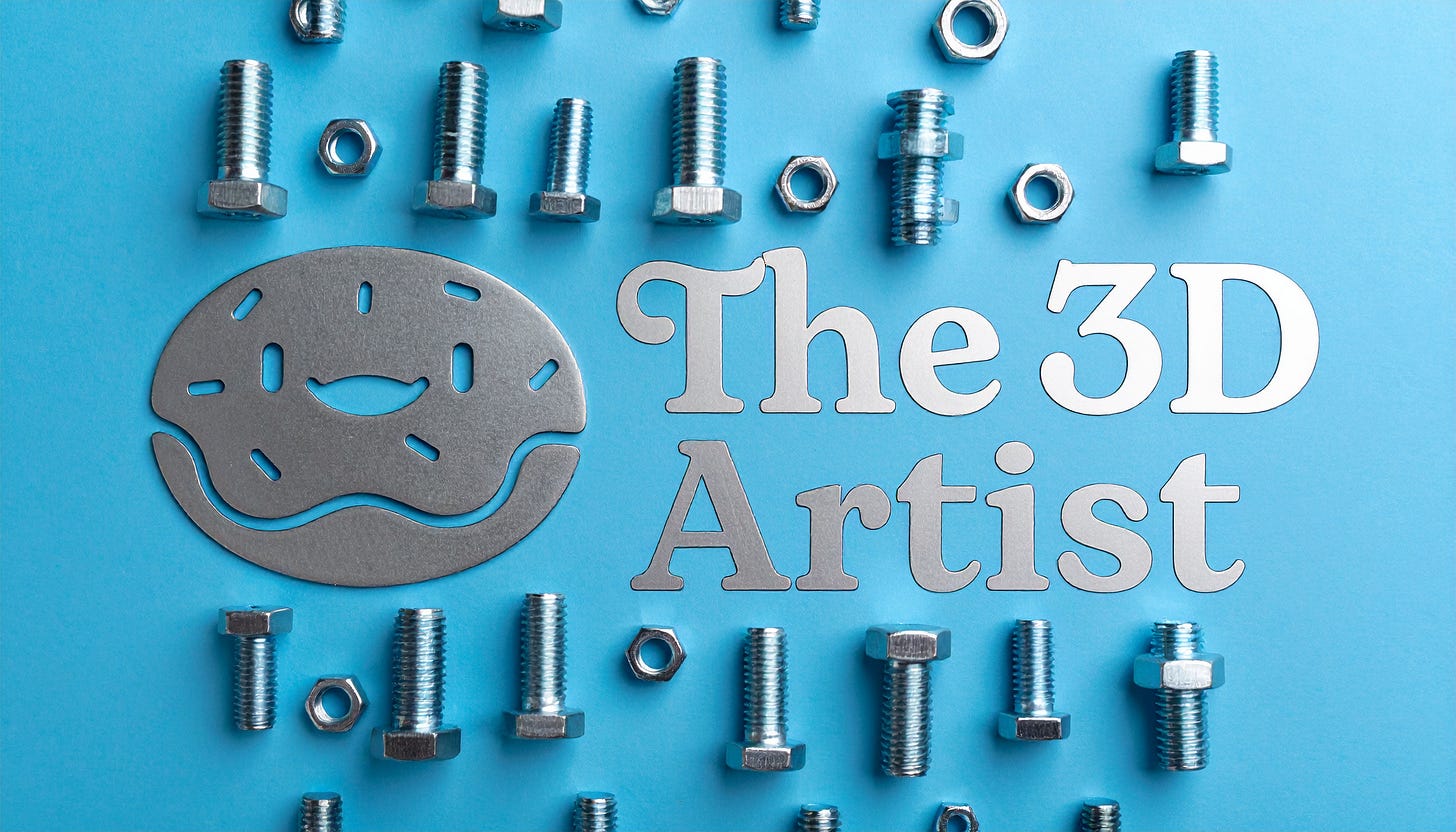
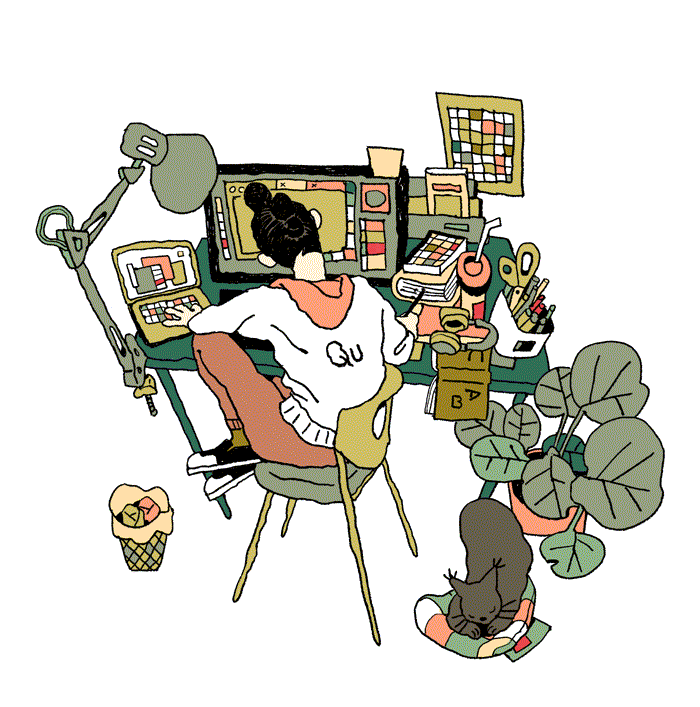
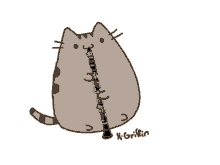
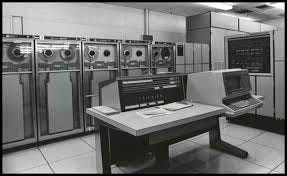


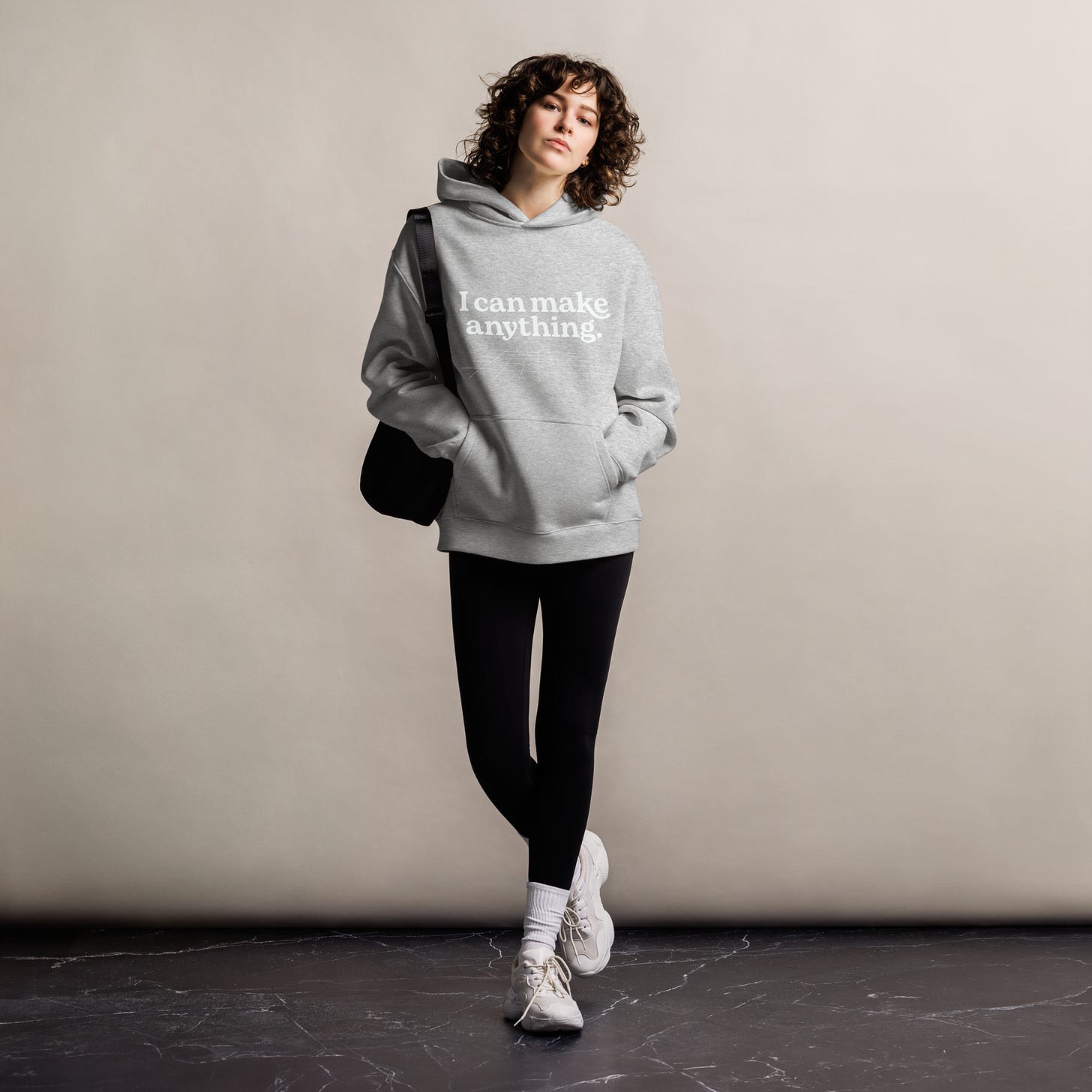
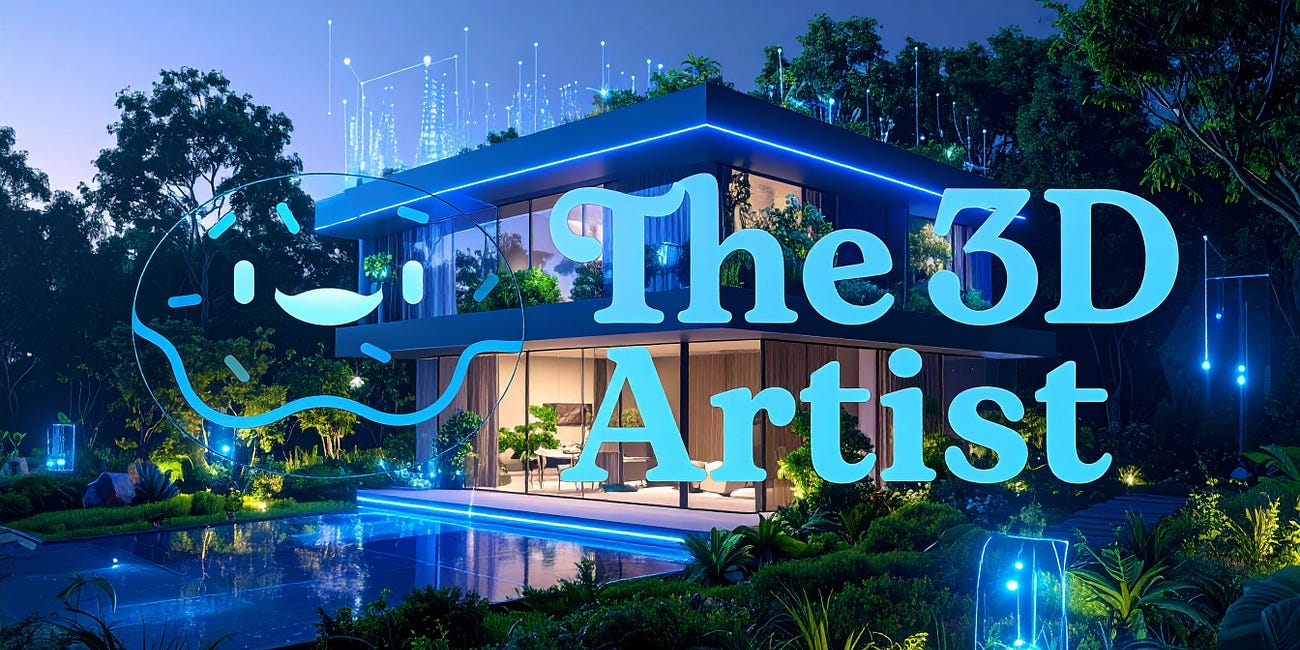
That was an insightful read! It's clear we’ve been losing sight of the bigger picture in production as time goes by. Artists are caught in a battle, trying to become software gurus or generalists, but losing focus on what truly matters: mastering the grand vision behind our creative efforts. Instead of getting lost in the details, we should concentrate on the overarching concept and then seek out the tools—be it hardware or software—that will help us execute our ideas with maximum efficiency. Let’s refocus on what really counts!